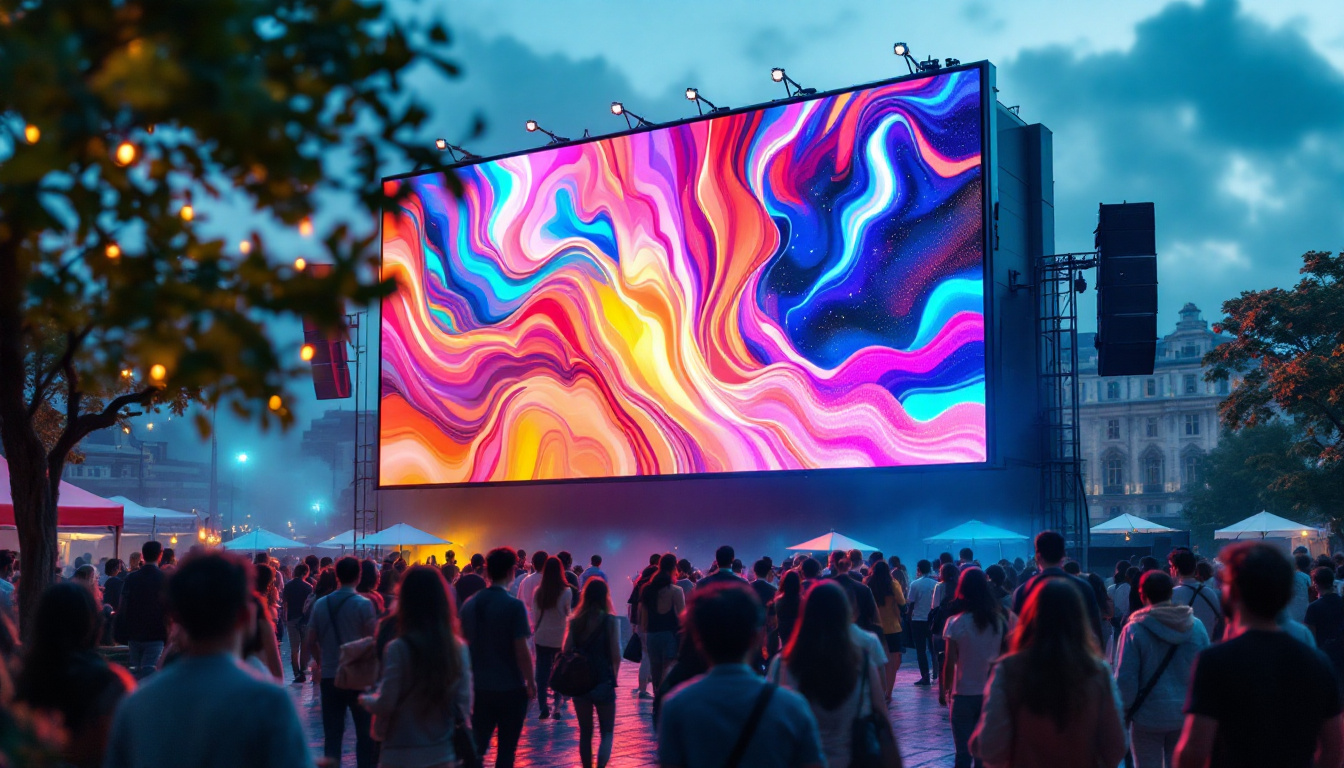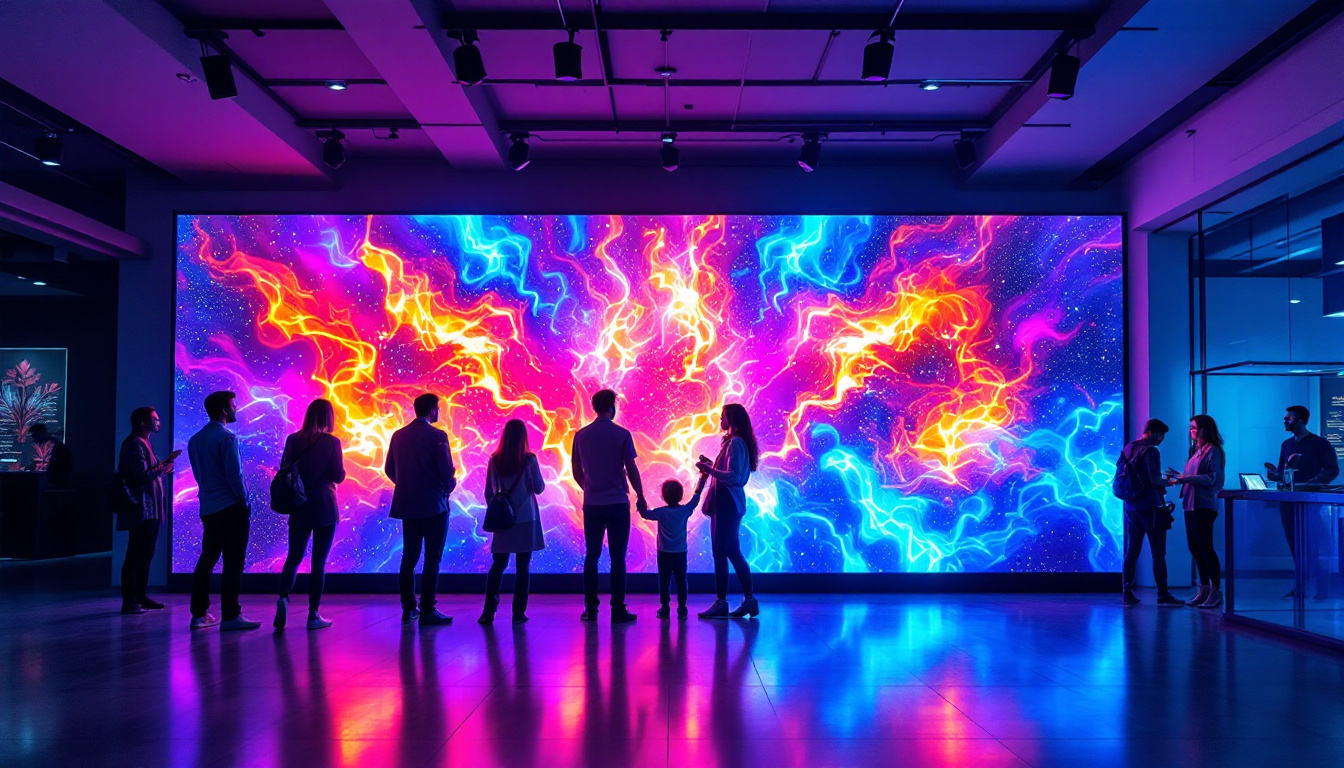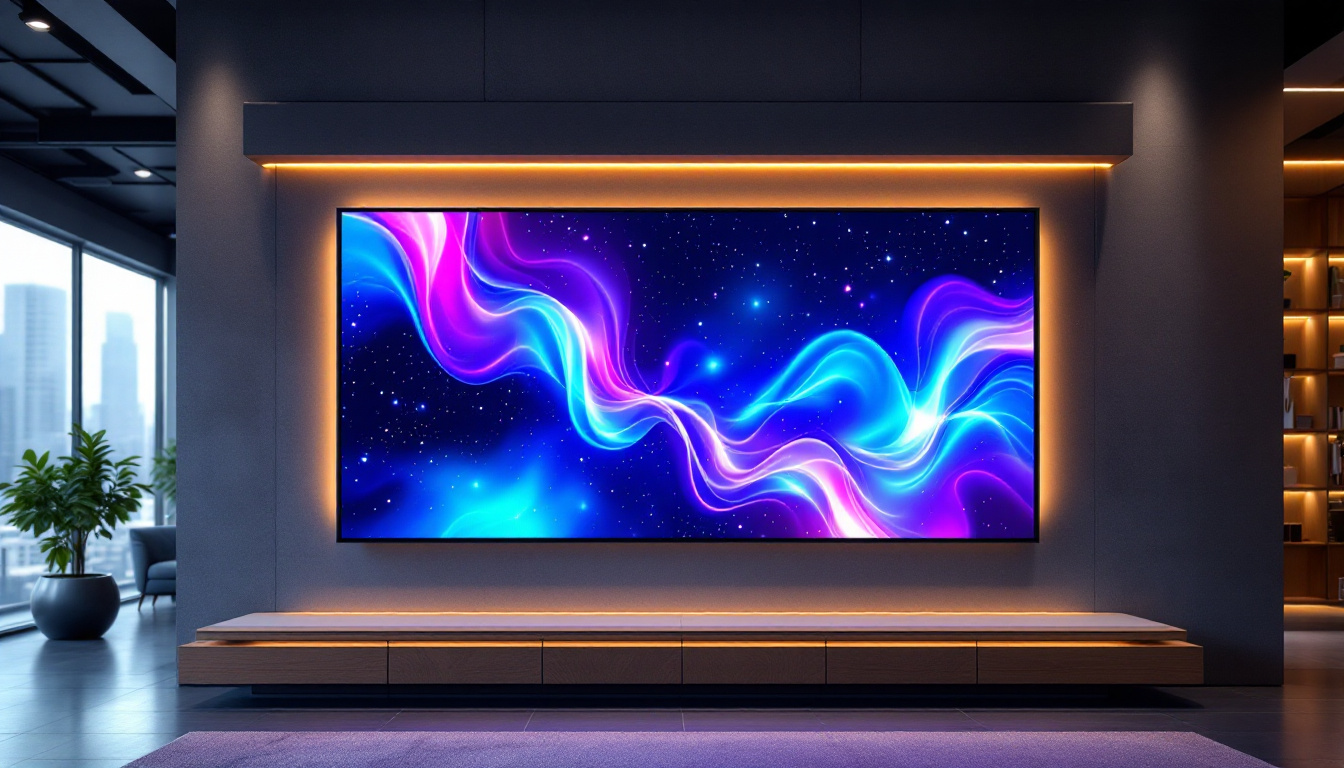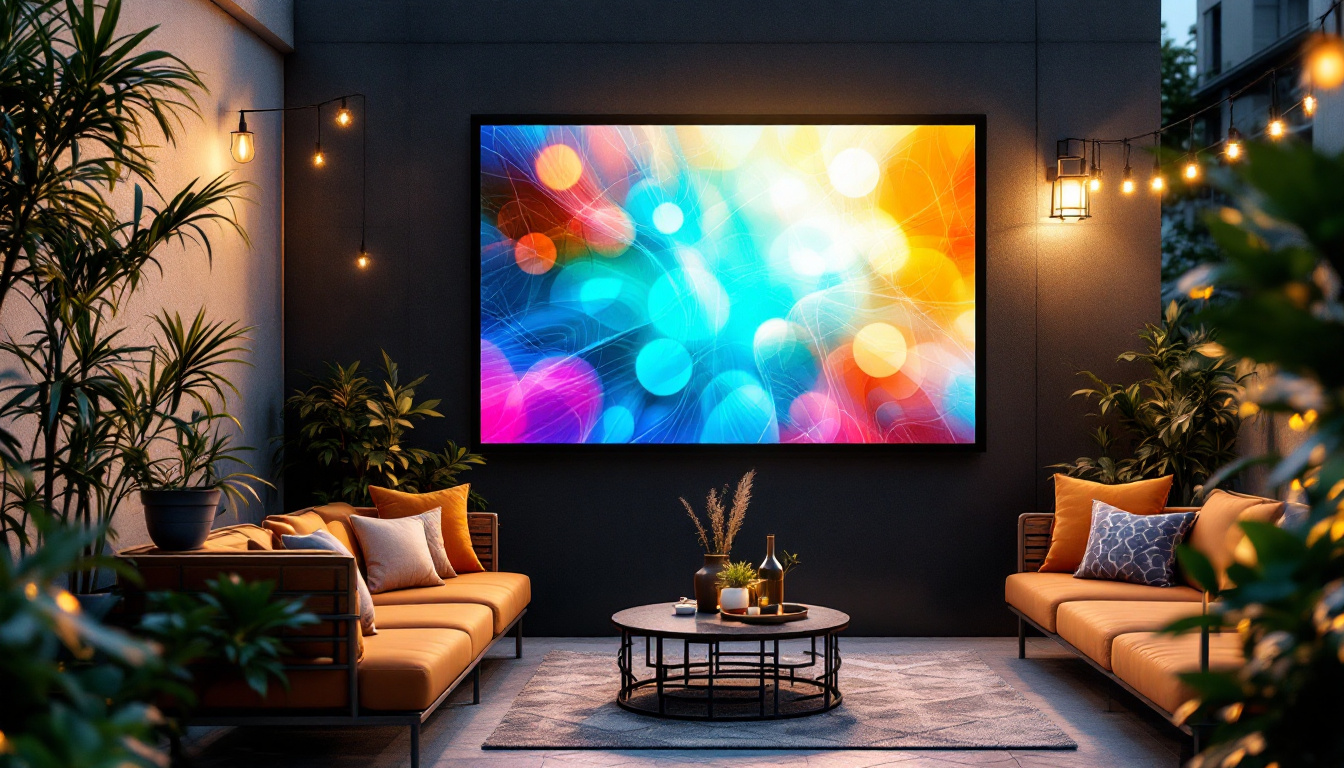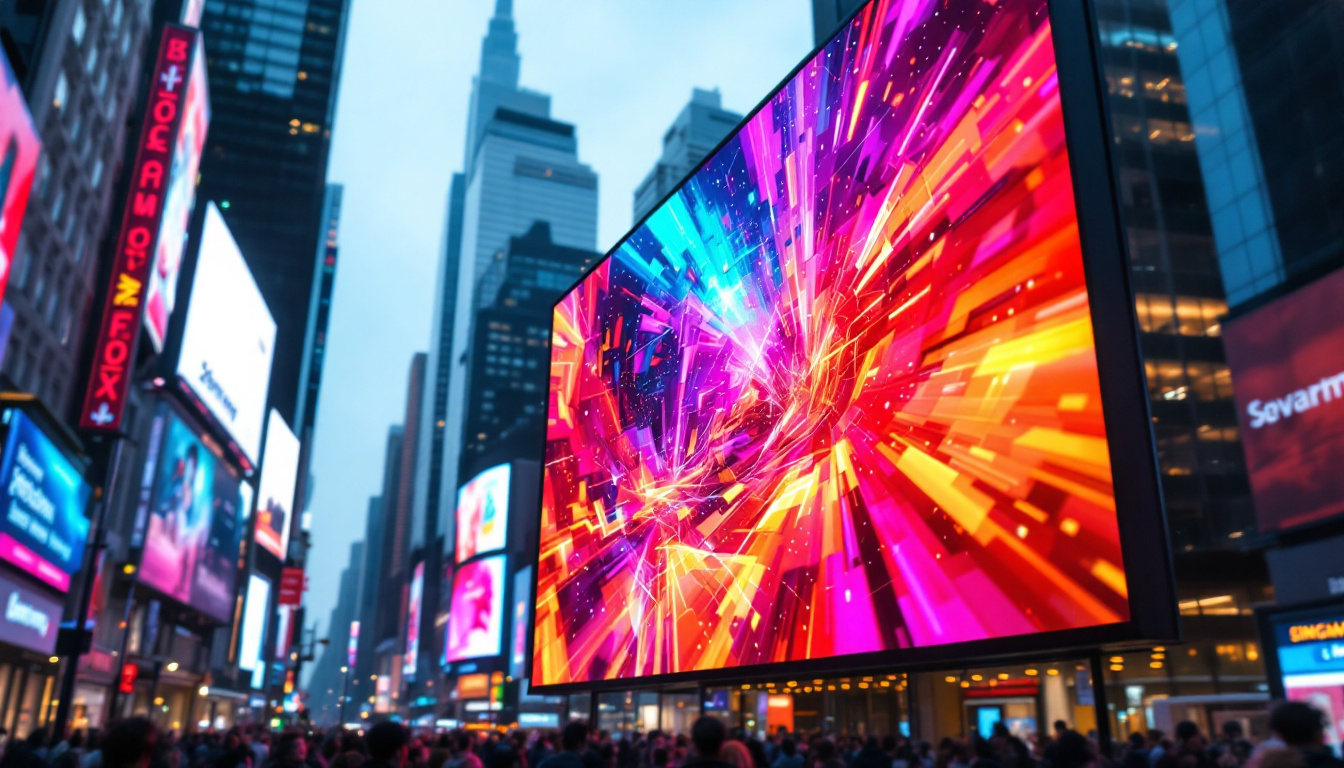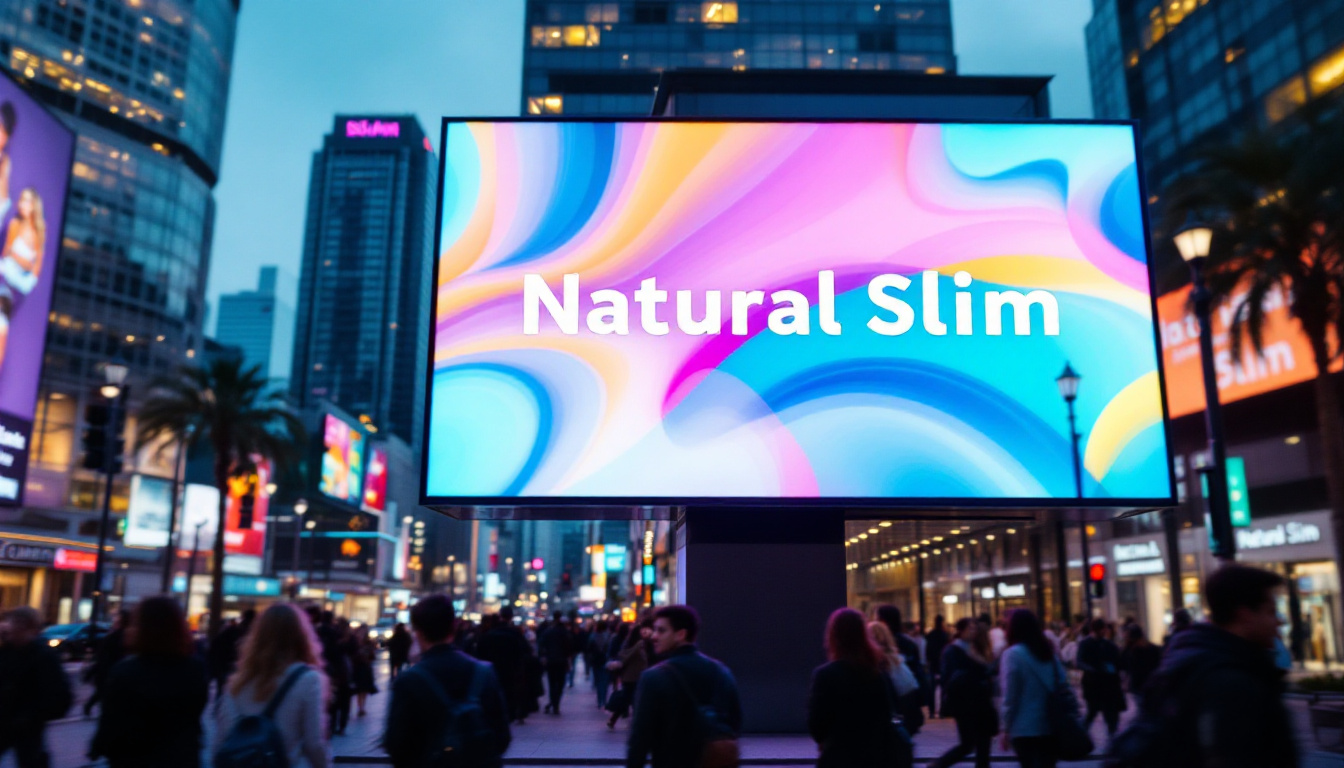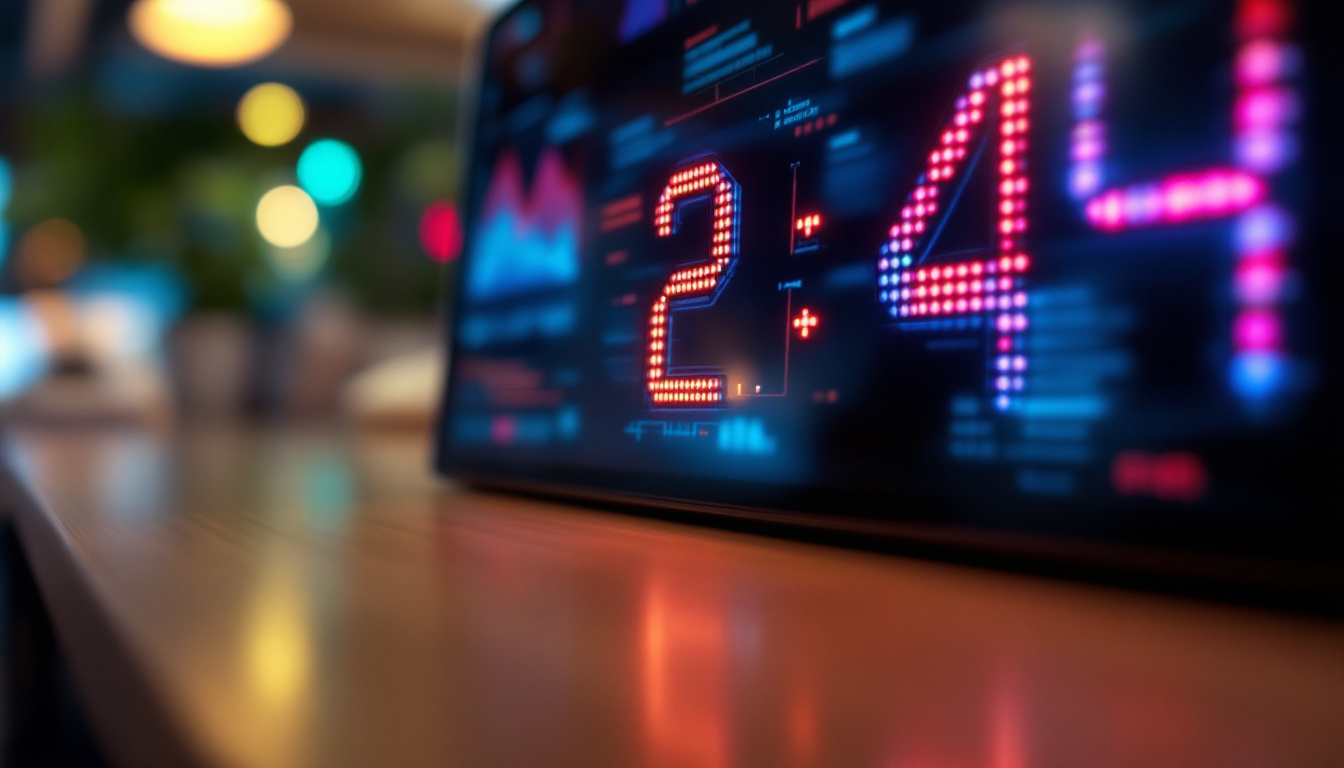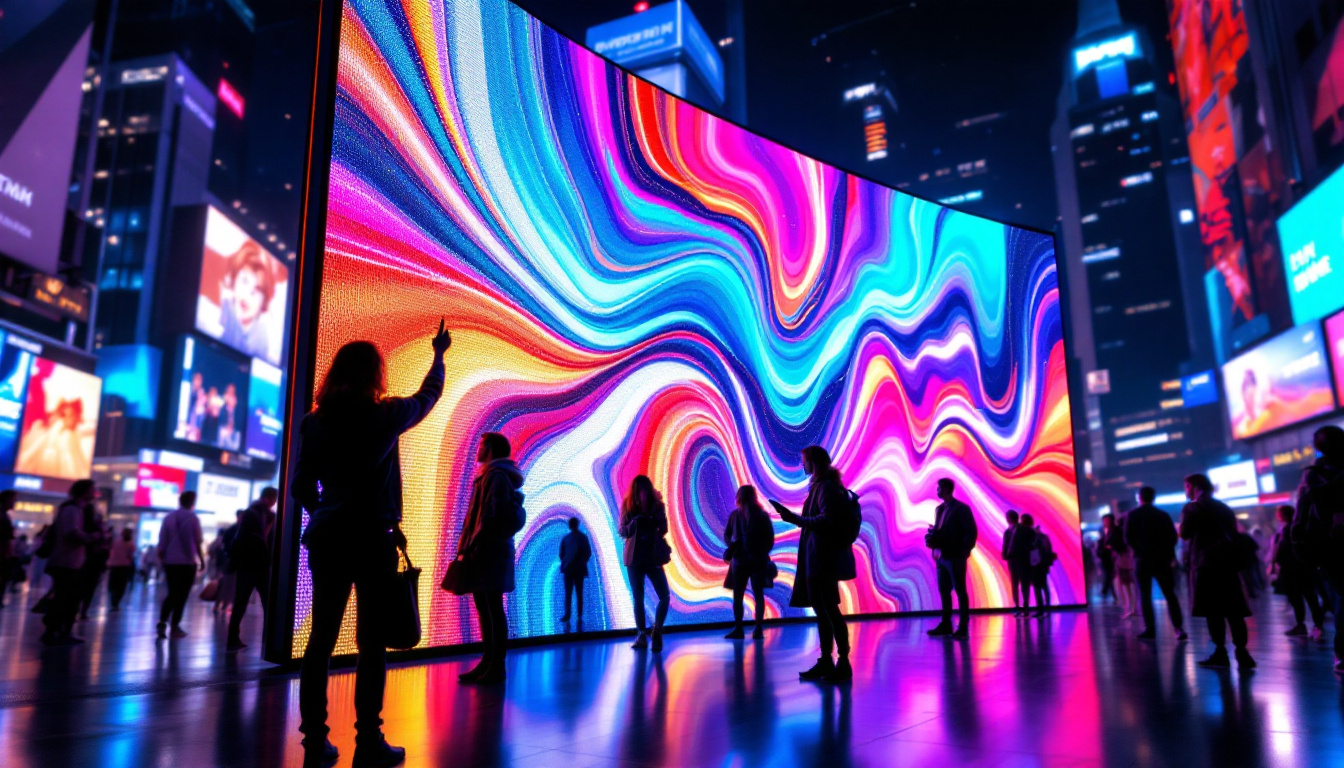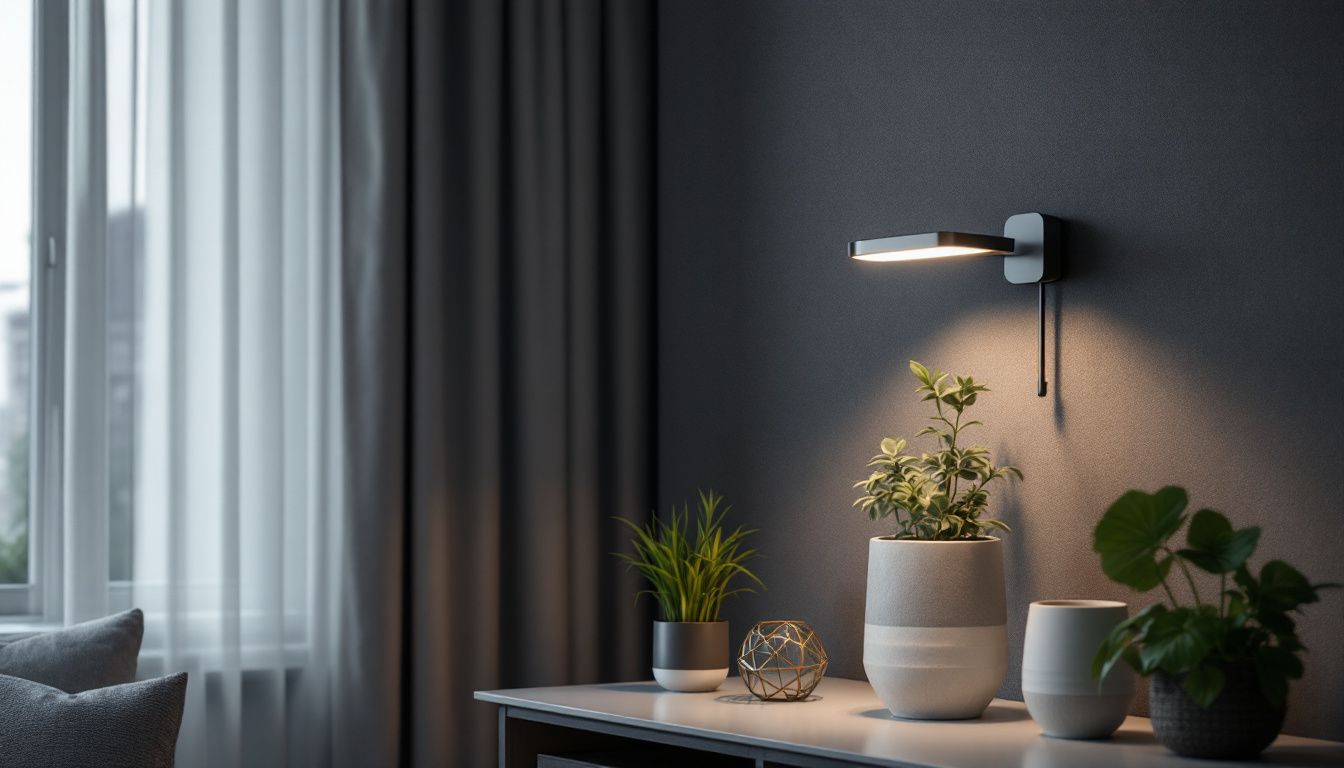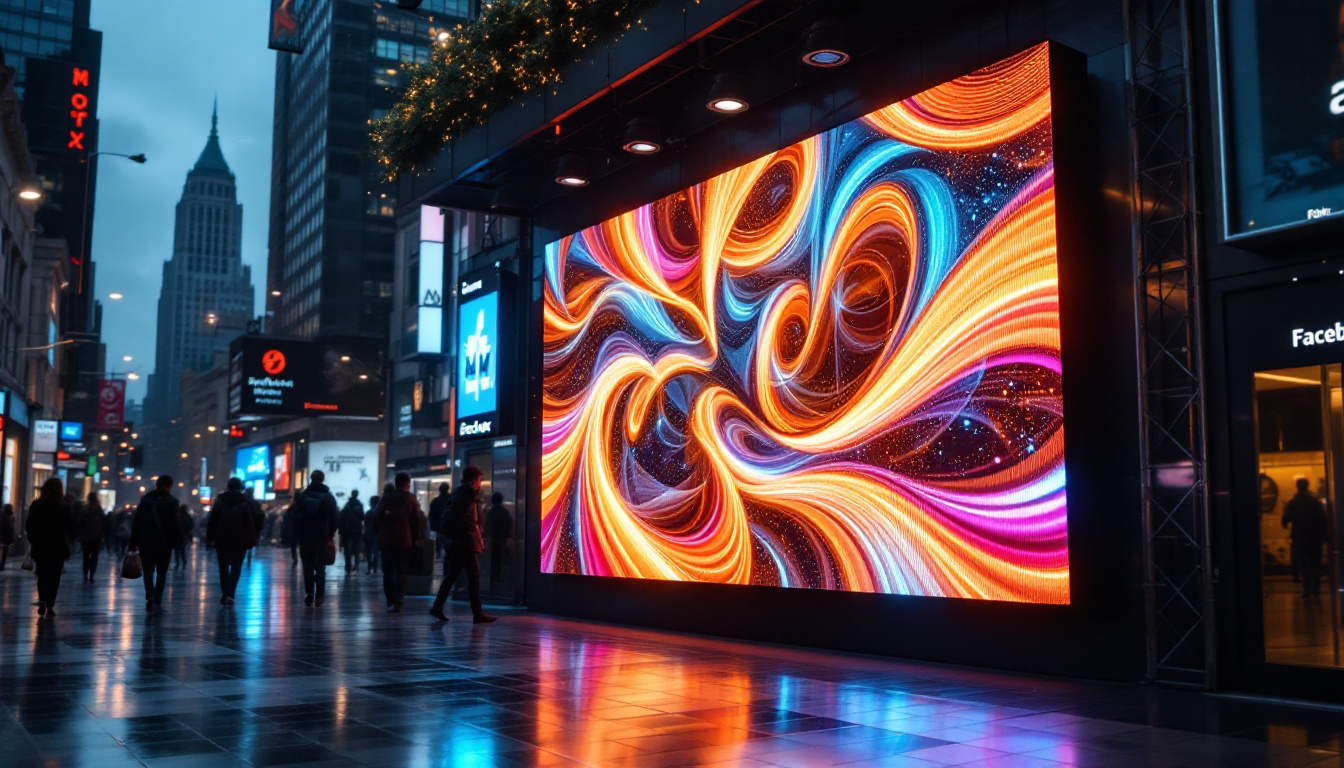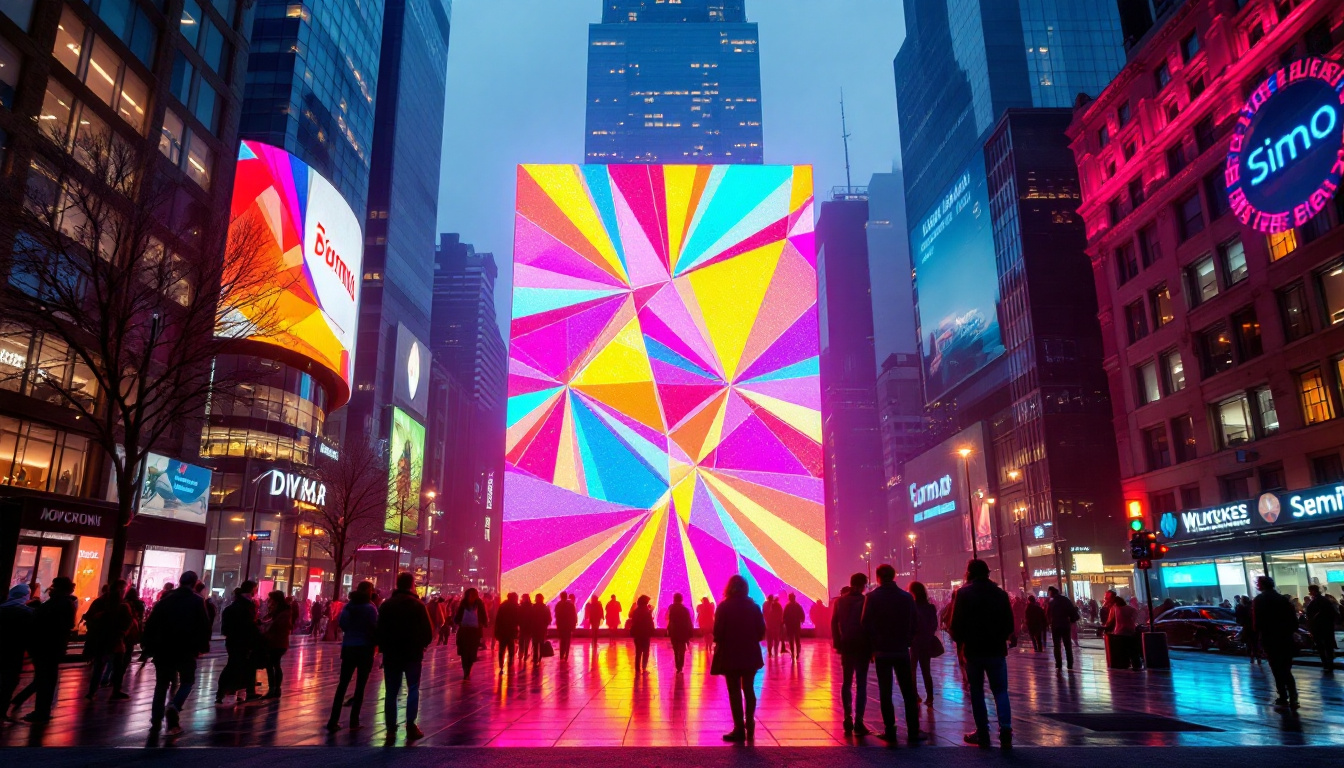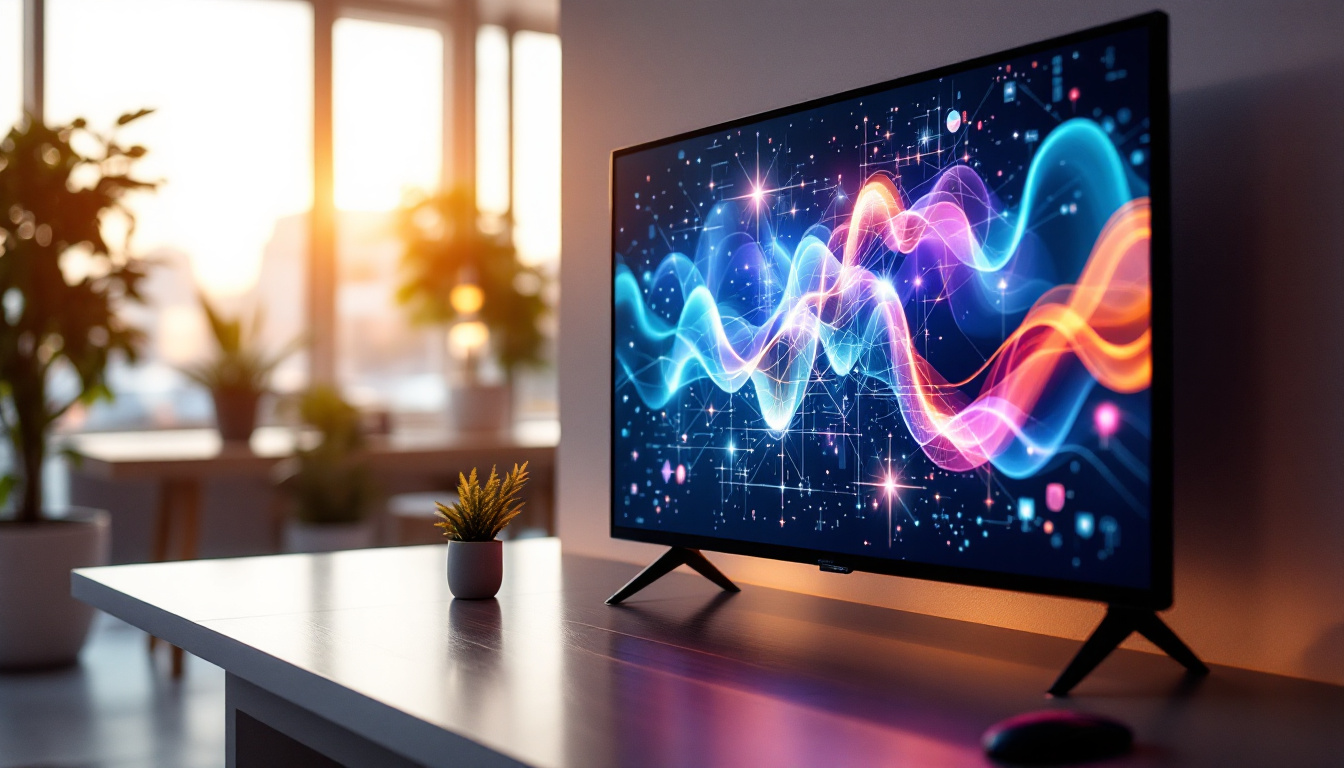In the rapidly evolving world of digital displays, understanding the terminology and technology behind LED screens is essential for professionals and enthusiasts alike. One term that often arises in LED display specifications is “2.6 mm,” referring to pixel pitch, a critical factor influencing image quality and viewing experience. This article delves into what a 2.6 mm pixel pitch means, how it impacts LED display performance, and why it matters in various applications.
Understanding Pixel Pitch and Its Importance
Pixel pitch is the distance between the centers of two adjacent pixels on an LED display, typically measured in millimeters. It directly affects the resolution and clarity of the image produced. A smaller pixel pitch means pixels are closer together, resulting in higher resolution and sharper images, especially when viewed from close distances.
For instance, a 2.6 mm pixel pitch indicates that each pixel is spaced 2.6 millimeters apart. This measurement is crucial when selecting an LED display for environments where viewers are relatively close to the screen, such as retail stores, control rooms, or conference halls. The closer the audience, the smaller the pixel pitch should be to maintain image quality. Additionally, advancements in LED technology have made it possible to achieve even smaller pixel pitches, enhancing the visual experience further. Displays with pixel pitches as small as 1.2 mm are now available, catering to high-end applications like broadcasting studios and immersive installations, where clarity and detail are paramount.
How Pixel Pitch Influences Viewing Distance
The optimal viewing distance for an LED display is closely linked to its pixel pitch. A general rule of thumb is that the minimum viewing distance (in meters) should be approximately equal to the pixel pitch (in millimeters) divided by 1,000, then multiplied by 3. For a 2.6 mm pixel pitch, this translates to roughly 7.8 feet (2.4 meters) as the closest comfortable viewing distance without perceiving pixelation.
This means that LED displays with a 2.6 mm pitch are ideal for indoor environments where viewers are within a few meters of the screen. Beyond this distance, the human eye cannot distinguish individual pixels, and the image appears seamless and smooth. Conversely, for larger venues or outdoor settings, where viewers may be significantly farther away, a larger pixel pitch can be utilized without compromising the overall viewing experience. This flexibility allows for a wide range of applications, from large-scale advertising billboards to stadium screens, where the viewing distance can vary dramatically. Understanding the relationship between pixel pitch and viewing distance is essential for optimizing the design and functionality of LED displays in diverse environments.
Technical Specifications of 2.6 mm LED Displays
LED displays with a 2.6 mm pixel pitch typically offer a balance between high resolution and cost-effectiveness. They are commonly used in indoor applications where image clarity is paramount but ultra-fine pixel pitches (like 1.2 mm or 1.5 mm) are not necessary due to budget constraints or viewing distance requirements.
Resolution and Screen Size Considerations
The resolution of an LED display depends on both its physical size and pixel pitch. For example, a 2.6 mm LED panel measuring 1 meter by 1 meter would have approximately 384 x 384 pixels, totaling around 147,456 pixels. This resolution supports detailed images and video content suitable for presentations, advertisements, and informational displays.
When designing or purchasing an LED display, it’s important to consider the intended screen size in conjunction with pixel pitch to ensure the final resolution meets the content requirements. Larger screens with a 2.6 mm pitch can deliver impressive visuals without the high cost of ultra-fine pixel pitch displays. Furthermore, the viewing distance plays a critical role in determining the optimal pixel pitch; for instance, a 2.6 mm pitch is ideal for audiences seated between 3 to 6 meters away, allowing for an immersive experience without the viewer noticing individual pixels. This makes it a popular choice for conference rooms, retail environments, and exhibition spaces.
Brightness and Color Accuracy
Modern 2.6 mm LED displays often feature high brightness levels, typically ranging from 800 to 1,200 nits for indoor use. This brightness ensures clear visibility even in well-lit environments. Additionally, advances in LED technology have improved color accuracy and consistency, with many displays supporting a wide color gamut and high refresh rates to deliver smooth motion and vibrant visuals.
In addition to brightness and color accuracy, these displays often incorporate advanced calibration techniques to maintain color uniformity across the screen. This is particularly important in applications where multiple displays are used in tandem, such as video walls or multi-screen setups. The ability to achieve seamless color matching enhances the overall aesthetic and ensures that the content appears cohesive and professional. Moreover, features like HDR (High Dynamic Range) support further elevate the viewing experience by providing deeper blacks and brighter whites, making the images more lifelike and engaging. As a result, 2.6 mm LED displays are increasingly favored in environments where visual impact is critical, such as live events, trade shows, and high-end retail displays.
Applications of 2.6 mm LED Displays
The versatility of 2.6 mm pixel pitch LED displays makes them suitable for a variety of indoor applications where image quality and viewer proximity are key considerations.
Corporate and Conference Environments
In corporate settings, 2.6 mm LED displays are frequently used for video walls in conference rooms, auditoriums, and lobbies. Their high resolution and brightness make them ideal for presentations, video conferencing, and digital signage, enhancing communication and engagement.
These displays can be configured in various sizes and shapes, allowing companies to create immersive environments that support branding and information dissemination effectively.
Retail and Advertising
Retailers leverage 2.6 mm LED displays to attract customers with dynamic advertisements and promotional content. The pixel pitch allows for crisp images and text that can be viewed clearly from a short distance, such as in store windows or point-of-sale areas.
With the ability to display high-quality video and animations, these LED screens help businesses stand out in competitive markets and enhance the shopping experience.
Control Rooms and Command Centers
Control rooms require displays that deliver precise and detailed information to operators monitoring complex systems. The 2.6 mm pixel pitch provides the clarity needed to display multiple data streams, maps, and video feeds without sacrificing image quality.
Such displays contribute to improved situational awareness and decision-making in industries like transportation, utilities, and emergency services.
Comparing 2.6 mm Pixel Pitch to Other Common Pitches
Choosing the right pixel pitch depends on the specific use case, budget, and desired viewing experience. Understanding how 2.6 mm compares to other options helps in making an informed decision.
2.6 mm vs. 1.9 mm Pixel Pitch
While 1.9 mm pixel pitch displays offer higher resolution and are better suited for very close viewing distances (around 6 feet or 1.8 meters), they come at a higher cost. The 2.6 mm pitch provides a good balance between image quality and affordability, making it a popular choice for many indoor applications.
2.6 mm vs. 3.9 mm Pixel Pitch
Displays with a 3.9 mm pixel pitch are generally less expensive and designed for viewing distances of 10 feet (3 meters) or more. However, they may show pixelation when viewed up close. The 2.6 mm pitch offers sharper images at closer ranges, making it preferable for environments where viewers are near the screen.
Installation and Maintenance Considerations
Proper installation and maintenance are crucial to maximizing the performance and lifespan of a 2.6 mm LED display.
Installation Best Practices
Due to the fine pixel pitch, these displays require precise alignment and calibration during installation to avoid visible seams or color inconsistencies. Professional installation ensures optimal image quality and structural stability, especially for large video walls.
Additionally, considerations such as ambient lighting, viewing angles, and content management systems play a role in achieving the best visual results.
Maintenance and Longevity
LED displays with a 2.6 mm pitch are designed for durability, often rated for 50,000 to 100,000 hours of operation. Routine maintenance includes cleaning the surface to remove dust and debris, checking for dead pixels, and ensuring proper ventilation to prevent overheating.
Timely maintenance helps prevent performance degradation and extends the usable life of the display, protecting the investment over time.
Future Trends in LED Display Technology
The LED display industry continues to innovate, with trends that may influence the use and development of 2.6 mm pixel pitch screens in the coming years.
Higher Resolution and Smaller Pixel Pitches
As manufacturing techniques improve and costs decline, even smaller pixel pitches below 2 mm are becoming more accessible. This trend enables ultra-high-definition displays suitable for extremely close viewing environments, such as medical imaging or immersive virtual experiences.
Integration with Smart Technologies
LED displays are increasingly integrated with smart technologies, including AI-driven content management, interactive touch capabilities, and IoT connectivity. These advancements enhance user engagement and allow for dynamic, context-aware content delivery.
Energy Efficiency and Sustainability
Energy consumption remains a key consideration, prompting manufacturers to develop more efficient LEDs and power management systems. Sustainable materials and recycling programs are also gaining importance to reduce the environmental impact of LED display production and disposal.
Conclusion
Understanding the significance of a 2.6 mm pixel pitch in LED displays is vital for selecting the right screen for indoor applications requiring high resolution and close viewing distances. This pixel pitch offers a compelling balance of image quality, cost, and versatility, making it a preferred choice across corporate, retail, and control room environments.
As LED technology advances, the options for pixel pitch and display capabilities will continue to expand, offering even more tailored solutions for diverse needs. Staying informed about these developments ensures that businesses and organizations can make smart investments in their digital display infrastructure.
Discover LumenMatrix’s Advanced LED Solutions
Ready to elevate your space with the perfect LED display? LumenMatrix offers a comprehensive range of cutting-edge LED solutions tailored to meet your unique needs. From immersive Indoor LED Wall Displays to dynamic Outdoor LED Wall Displays, and from versatile Vehicle LED Displays to sleek LED Poster Displays, our products are designed to captivate and engage. Experience the pinnacle of visual communication with our LED Sports Displays, innovative Floor LED Displays, and customizable Custom LED Displays. For seamless integration, explore our All-in-One LED Displays and LED Transparent Displays. Embrace the future of digital signage with LumenMatrix and Check out LumenMatrix LED Display Solutions today to transform your visual storytelling.


